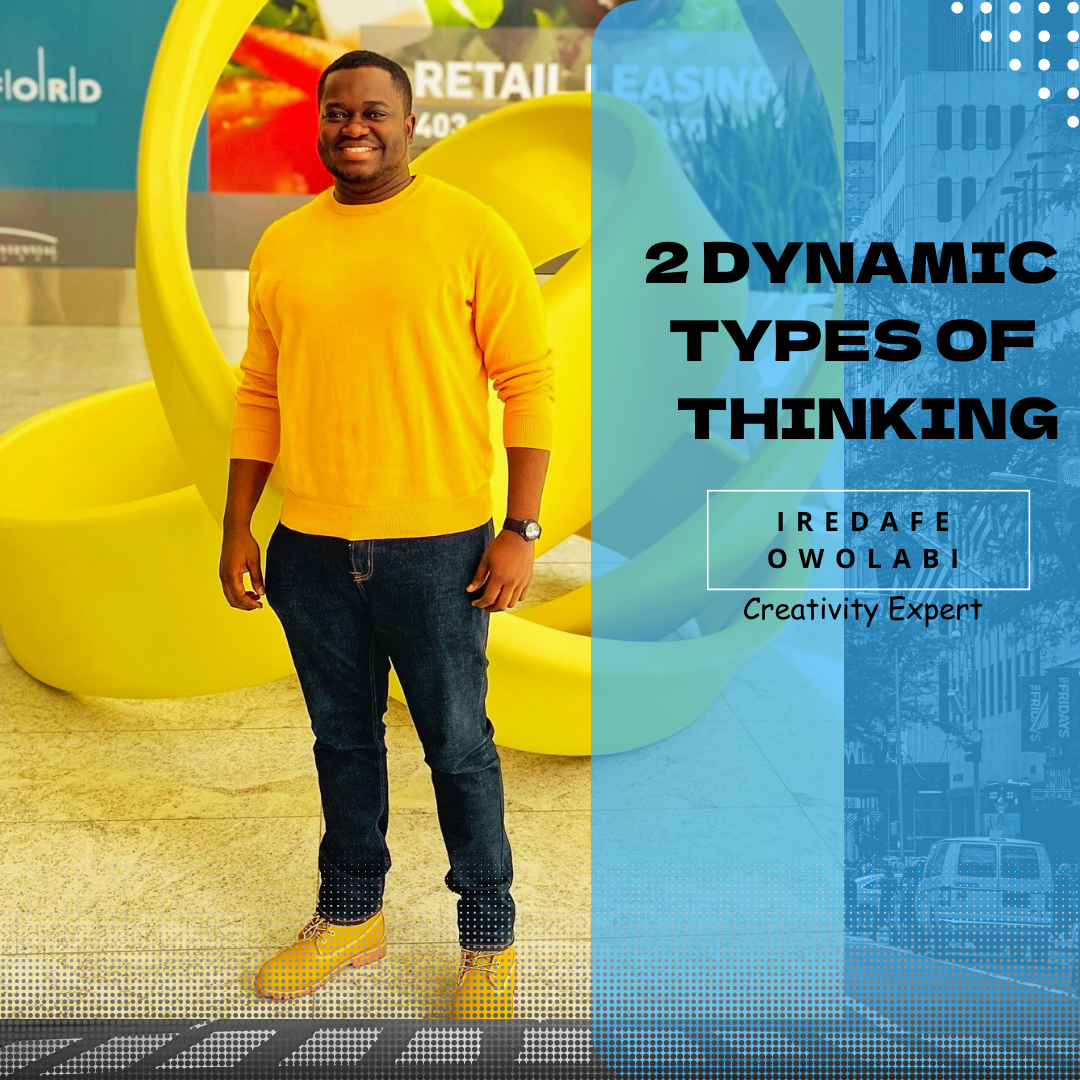
The 2 Types of Thinking and How to Harness Their Power Creatively
Creativity is a powerful force that drives innovation, artistic expression, problem-solving, and personal growth. Creativity is simply thinking differently and doing differently. Therefore, thinking is the first step to creativity.
However, not all thinking is the same. There are two distinct types of thinking: divergent thinking and convergent thinking. If you want more insights into creativity, check this out: What is Creativity? Here is My Powerful 7-Sided Definition!
Understanding the differences between these two forms of thinking and learning how to utilize them effectively can unlock new avenues of inspiration and productivity.
In this blog, we will explore both types of creativity and provide practical tips on how to harness their unique strengths.
Click to jump ahead
Toggle1. Divergent Thinking: Expanding the Horizons
Divergent thinking is often associated with brainstorming and idea generation.
It involves exploring multiple possibilities, breaking free from conventional constraints, and allowing your mind to roam freely.
The essence of divergent thinking lies in embracing ambiguity and encouraging unusual connections between seemingly unrelated concepts. Here are some ways to enhance divergent thinking:
a) Genuine Curiosity:
Be open-minded and curious about the world around you. Ask questions, seek new experiences, and actively engage in learning from various sources. If you would like to understand how asking questions can boost your creativity, read this article: The Creative Power of Questions: 5 Keys to Innovative Discoveries.
b) Freeform Ideation:
Set aside time for unstructured thinking. Jot down ideas without judgment or criticism. Let your imagination run wild and explore even the wildest notions. If you want to learn more on this, read this:How to Brainstorm Ideas and Creative Solutions – 8 Easy Steps
c) Surround Yourself with Diversity:
Engage with people from diverse backgrounds and fields. Exposure to different perspectives can stimulate new ideas and ways of thinking.
d) Mind Mapping:
Create mind maps to visualize connections between ideas. This visual representation can help you explore the web of possibilities more effectively.
Check these articles out for more insights on brainstorming, creativity, and divergent thinking:
- How Divergent Thinking Can Quickly Boost Your Creativity
- 10 Easy Steps to Unblock Your Creativity and Banish your Inner Critic
- 6 Easy Steps to Solve Problems with Mindstorming
Also checkout my book titled “Fourth Dimensional Thinking” if you would like to explore the context of thinking in a more intimate manner.

2. Convergent Thinking: Focusing on Solutions
While divergent thinking allows for expansive exploration, convergent thinking is all about narrowing down those possibilities to find the best solution or outcome.
This type of thinking is analytical and systematic, seeking to identify the most feasible and effective ideas from the pool of generated concepts. Here’s how to make the most of convergent thinking:
a) Define Clear Goals:
Understand the specific problem you want to solve or the outcome you want to achieve. Having a well-defined goal will help you direct your creative energy towards finding practical solutions.
b) Organize Ideas:
Gather all the ideas generated through divergent thinking and organize them based on their relevance and potential.
This process will help you identify patterns and spot promising concepts.
c) Critical Evaluation:
Analyze the pros and cons of each idea objectively. Be willing to let go of ideas that are not viable or do not align with your objectives.
d) Refinement:
Take the most promising ideas and refine them further. Add detail, consider potential challenges, and fine-tune the concepts to make them more practical and actionable.
Harnessing the Power of Both Types of Thinking
1. The Creative Loop:
The journey of creativity is not linear but cyclical. Start with divergent thinking to generate a wide array of ideas. Then, apply convergent thinking to evaluate and refine those ideas, leading to more focused and developed concepts.
This iterative process enhances creativity as it allows for constant improvement and evolution of ideas.
2. Time Management:
Creativity requires both structured and unstructured time. Set aside dedicated time for brainstorming and idea generation. Additionally, allocate specific time blocks for critical evaluation and analysis.
Balancing these two types of time can lead to a more balanced and effective creative process.
3. Collaboration:
Collaborating with others can be a potent catalyst for creativity. Engaging in creative discussions with like-minded individuals or seeking feedback from diverse perspectives can enrich your ideas and lead to unexpected breakthroughs.
4. Use Failure as your Fuel:
Not every idea will be a success, and that’s perfectly fine. Embrace failures as valuable learning opportunities.
Sometimes, failed attempts can pave the way for innovative solutions in the future.
Conclusion: Dynamic Types of Thinking
The thinking aspect of creativity is a multifaceted gem with divergent thinking as its exploratory facet, and convergent thinking as its polished, problem-solving facet.
By understanding the unique strengths of these two types of thinking and combining them effectively, we can unlock the full potential of our creative minds.
Embrace curiosity, seek diverse perspectives, and fearlessly explore possibilities through divergent thinking.
Then, focus on practicality, critically evaluate ideas, and refine them with convergent thinking to bring your creative visions to life.
The fusion of these two types of thinking will empower you to conquer challenges and leave a mark of innovation in every aspect of your life. So, let your imagination soar, and remember, the world is your canvas!
If you found this valuable, or you have a question or different perspective, do well to leave a comment below and I will be happy to hear your feedback or respond to your questions.
PS: If you would like to have me speak or deliver a keynote presentation at your event, seminar or conference, please fill this request form, and let us get the conversation going. Thank you.



